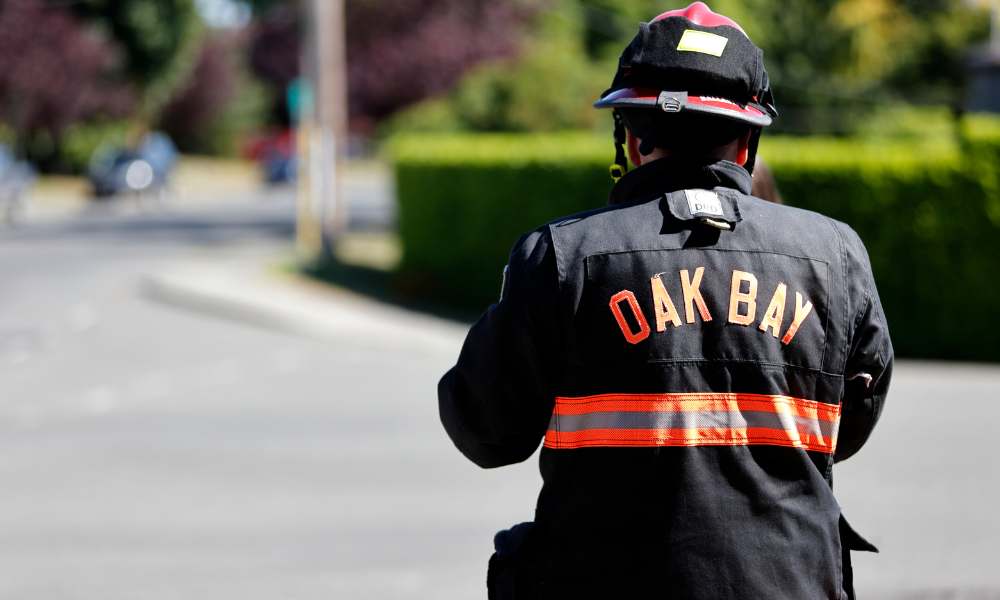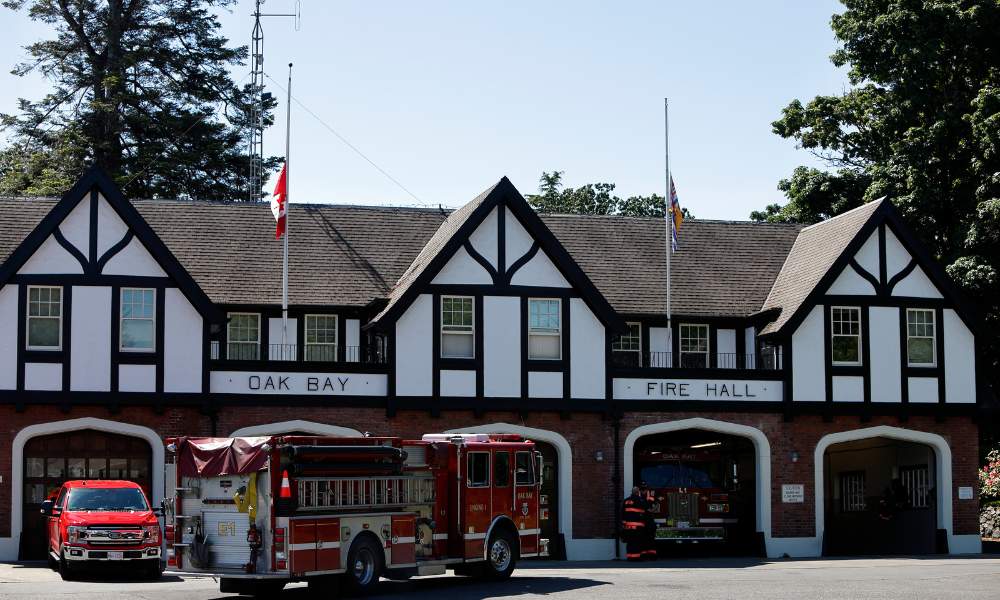
The Oak Bay Fire Department was established in 1937 and is located at 1703 Monterey Avenue.
Oak Bay Fire Department’s mission is to enhance fire protection and public safety by preventing loss of life and property. They achieve this through fire prevention programs, emergency response, and preparedness initiatives. In addition to fire services, the Fire Department also manages emergency management efforts to keep the community prepared for any crisis.
Also in this Section:
Contact Us
Fire Chief – Frank Macdonald
Assistant Fire Chief – Duane Adsett
Emergency Program Manager – Jolette Schenk



